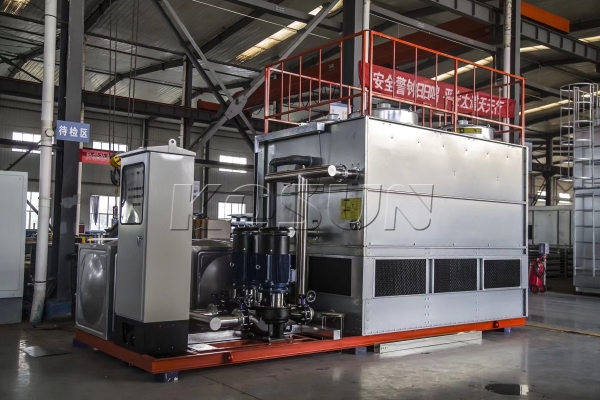Drilling fluid cooling is an important aspect of the drilling process as it helps maintain the temperature of the drilling fluid within the required range for optimal performance. There are several methods of cooling drilling fluids, each with their own advantages and suitable for different drilling conditions.

One of the simplest and most cost-effective methods of cooling drilling fluids is water cooling. This method reduces the temperature of the drilling fluid by adding cold water or circulating cooling water. This is a simple method that is suitable for cryogenic conditions and provides an easy way to cool drilling fluids without the need for complex equipment.
Another effective cooling method is heat exchanger cooling, which involves using a heat exchanger to transfer heat from the drilling fluid to a cooling medium, such as cold water or coolant. This method is particularly suitable for drilling fluids with higher temperatures and can achieve better cooling effects compared to water cooling. It provides a more efficient way of cooling drilling fluids and is suitable for a variety of drilling conditions.
For large drilling operations, cooling tower cooling is an ideal method of cooling drilling fluids. The method involves passing the drilling fluid through a cooling tower where the fluid is sprayed onto the top of the tower and cooled using air before being collected as cooled drilling fluid. Cooling tower cooling is suitable for achieving large cooling effects and is particularly useful for large drilling operations.
When rapid cooling is required, adding specific coolants to the drilling fluid is an effective way to achieve the desired cooling effect. This method can quickly reduce the temperature of the drilling fluid by changing the chemical properties of the drilling fluid. However, it is important to consider the effect of coolant on drilling fluid performance and ensure that it does not adversely affect the drilling process.
In summary, there are many effective methods for cooling drilling fluids, each with their own advantages and suitable for different drilling conditions. Whether through water cooling, heat exchanger cooling, cooling tower cooling or the addition of coolant, the most appropriate cooling method must be selected based on the specific requirements of the drilling operation to ensure optimal performance of the drilling fluid.

